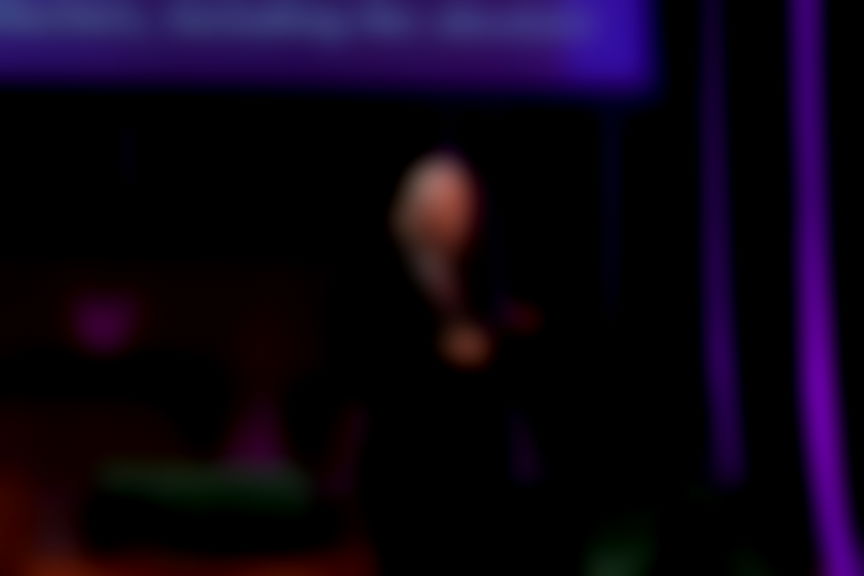Behind TikTok’s creepy ‘uncanny valley’ makeup trend



By Ryan General
A new makeup trend that involves channeling the unsettling feelings sparked by lifelike robots has taken TikTok by storm.
Uncanny valley defined: The “uncanny valley” refers to the unsettling sensation experienced when encountering a humanoid figure, be it artificial intelligence (AI) or a robot, that closely resembles a human but falls just short of being convincingly lifelike. First coined by roboticist Masahiro Mori, it describes the discomfort people feel when faced with entities that appear almost human but exhibit subtle, unnatural features.
Disconcerting aesthetic: In the uncanny valley makeup trend, TikTokers use cosmetics to create eerie yet impressive makeup transformations. First popularized by creator Emilia Barth, known as @blonde.girlyy, the trend involves coating faces, necks and ears in pale foundation and concealer to mimic a robot’s fake human skin. Detailed techniques include using eyeliner and mascara to redraw mouths and eyebrows, creating an unsettling humanoid appearance.
Viral take on the uncanny valley: Content creator Zara (@alkiiwii) further catapulted the uncanny valley makeup trend into mainstream TikTok consciousness with a viral hit video. Zara’s clip, featuring her wearing uncanny valley makeup and lip-syncing eerie lines from the 2018 video game “Detroit Become Human,” has so far garnered 16 million views.
The psychology of the uncanny valley: Beyond the makeup trend, the uncanny valley phenomenon taps into broader anxieties surrounding AI and echoes concerns about the challenges of distinguishing between the natural and the engineered. It also aligns with discussions about deep fakes and the blurring line between reality and artificiality, resonating with a society grappling with the implications of increasingly realistic technology.
Experts note that the uncanny valley trend plays on the perceptual mismatch theory, which posits that humans become more uncomfortable as humanoid entities display more mismatched features.
Share this Article
Share this Article





